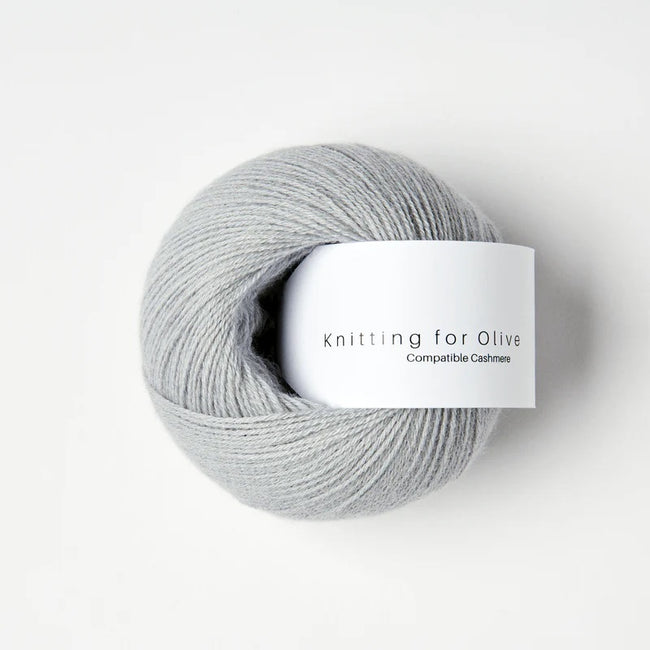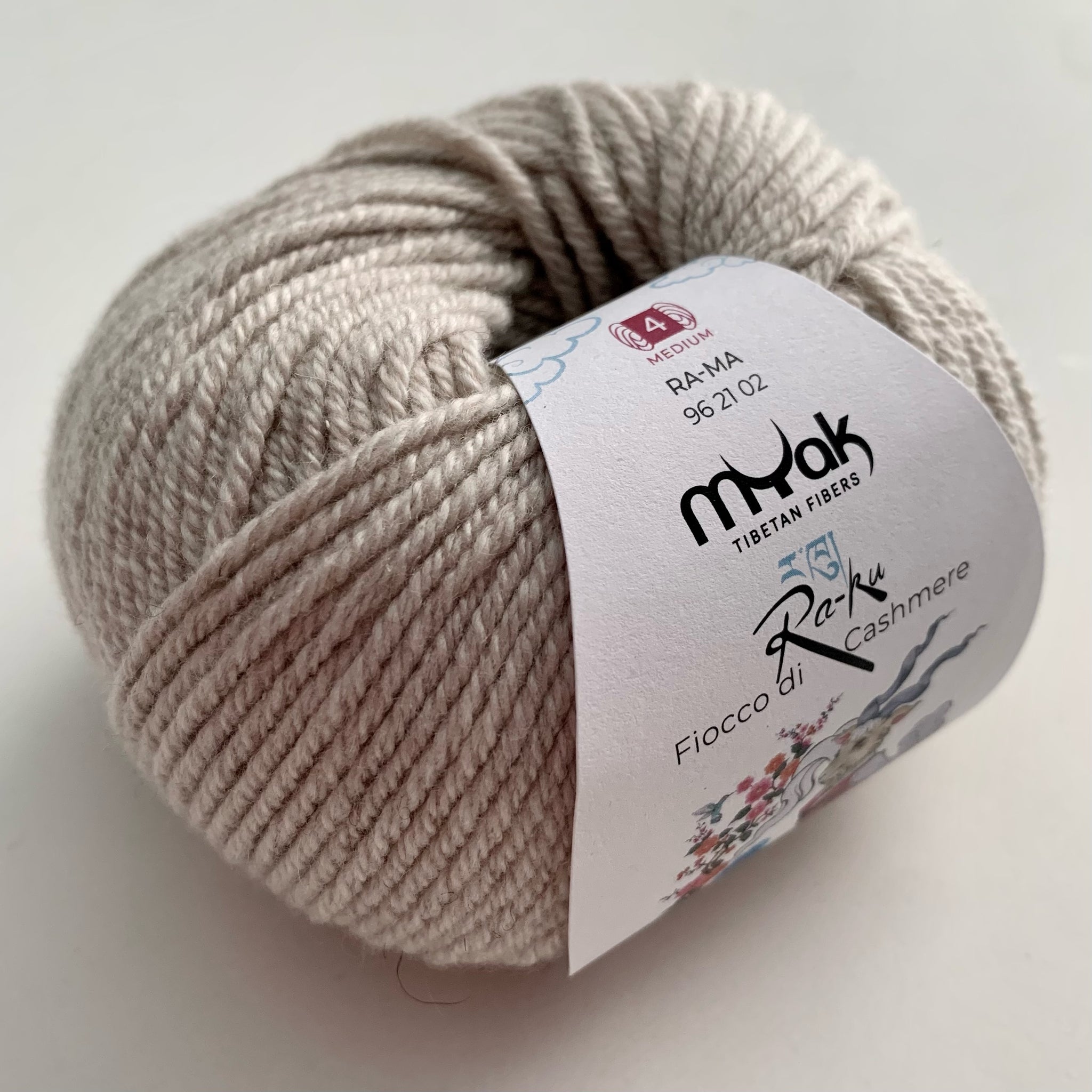The History and Advantages of cashmere in Creating Luxurious Clothing
The History and Advantages of cashmere in Creating Luxurious Clothing
Blog Article
Comprehending the Different Kinds Of Cashmere a Natural Fiber and Their Distinct Advantages

The Beginnings of Cashmere: A Historic Summary
While the extravagant touch of cashmere remains to beauty modern customers, its beginnings trace back to the rough, chilly climates of Mongolia and the Himalayas. For centuries, the aboriginal peoples of these areas have actually been elevating Capra Hircus goats, the prime source of cashmere woollen. These goats, resilient versus the severe wintertimes, expanded a great undercoat to make it through, which later on ended up being known as cashmere. The name itself admires Kashmir, a region in India where the wool was originally processed. Much of the very early cashmere trade route was promoted by the Silk Road, connecting Asia with the Center East and Europe. In spite of its global spread, the finest cashmere is still thought to originate from the initial regions of Mongolia and the Himalayas.

The Manufacturing Refine: From Goat to Garment
Shearing a Capra Hircus goat marks the inception of the detailed cashmere production procedure. This delicate treatment normally takes place yearly during spring. The penalty, soft undercoat is after that divided from the coarser outer hair, a process known as dehairing. The resultant raw cashmere is then washed to get rid of contaminations such as oil, vegetable, and dirt issue.
The tidy fiber is subjected to dyeing, rotating, and weaving, or knitting, to change it into a fabric. Complex treatments such as quality control checks and completing procedures adhere to, guaranteeing the end product maintains the extravagant criterion anticipated of cashmere. This painstaking procedure, from goat to garment, warrants the high price connected to cashmere products, making them a sign of luxury and refinement.
The Various Types of Cashmere: A Thorough Evaluation
The One-of-a-kind Advantages of Cashmere: Comfort and Sustainability
Moving from the selection of cashmere kinds to the benefits they supply, comfort learn the facts here now and sustainability attract attention prominently. Cashmere, a natural fiber, is renowned for its unmatched soft qualities, offering a level of comfort that synthetic fibers can not match. The product's agility, yet excellent heat retention, makes it suitable for all seasons. Cashmere's all-natural elasticity allows it to return to its original form, making it resistant to stretching or reducing.
When it pertains to sustainability, cashmere is naturally degradable and renewable, as it's harvested from cashmere goats who regrow their layers each year. what is cashmere. Unlike synthetic fibers which can take centuries to decay, cashmere's influence on the environment is marginal. This mix of convenience and sustainability makes cashmere a beneficial option for aware customers

Caring for Your Cashmere: Maintenance and Preservation Tips
While cashmere is unquestionably a lasting and luxurious selection, it needs details treatment to preserve its quality and expand its lifespan. To begin, cashmere need to be hand washed utilizing cold water and a light detergent. Prevent wringing the garment or twisting as it can harm the fibers. Instead, delicately press out excess water and lay it level on a towel to completely dry. Additionally, cashmere things need to be stored in a awesome and completely dry place, far from direct sunlight and dampness. Making use of moth repellents can safeguard these garments from possible damage. It's suggested to prevent hanging cashmere to protect against stretching. Rather, fold and shop them appropriately to keep their shape and top quality with time.
Investing in Cashmere: Understanding Its Value and Well Worth
Although cashmere may at first seem like a costly investment, its lasting value and worth ended up being evident when you consider its amazing high qualities. Understood for its unrivaled soft qualities and warmth, cashmere is a costs all-natural fiber that exceeds various other products. Investing in cashmere, as a result, is not just regarding current fashion fads, but regarding accepting a lasting, lasting, and lavish way of life.
Final Thought
In summary, the type of cashmere one picks, be it Mongolian, Chinese, or Italian, is determined by specific choices for heat, high-end, budget, and sustainability. Comprehending the beginnings, manufacturing process, and unique advantages of different kinds of cashmere can guide consumers in their financial investment in this elegant all-natural fiber.
Whether it's the remarkable heat of Mongolian cashmere, the cost i thought about this of Chinese cashmere, or the eco-conscious manufacturing of Italian cashmere, there's a tale to be uncovered behind each fiber kind. Cashmere, an all-natural fiber, is renowned for its unequaled soft qualities, providing a degree of convenience that artificial fibers can't match.When it comes to sustainability, cashmere is eco-friendly and biodegradable, as it's gathered from cashmere goats that regrow their coats annually. Understood for its unparalleled soft qualities and heat, cashmere is a premium natural fiber that outperforms other products. Understanding the beginnings, manufacturing process, and one-of-a-kind advantages of various kinds of cashmere can guide consumers in their top article investment in this elegant all-natural fiber.
Report this page